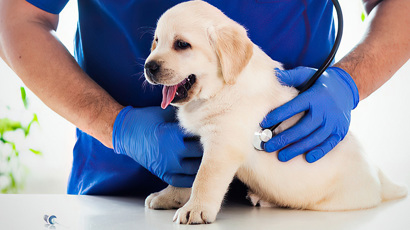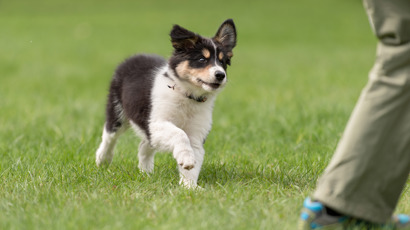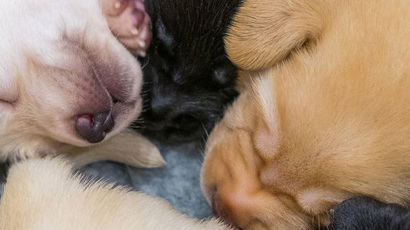Should I feed my dog wet or dry food?
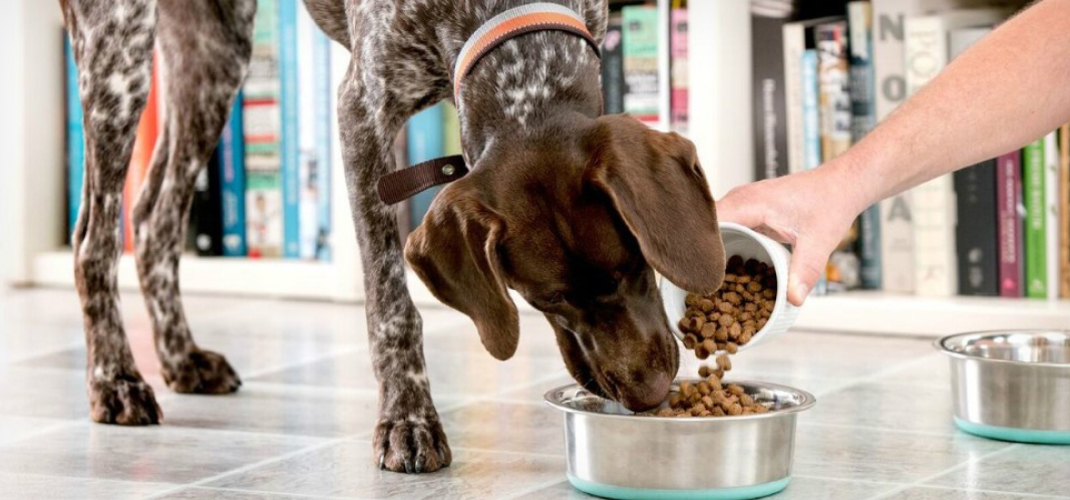
What should I feed my precious pet, what’s best for them – wet food or dry dog food or puppy food, what do they prefer? The best option for your furry friend may lie somewhere in the middle.
Wet and dry pet foods come with their own sets of advantages, and it can be difficult to decide which to feed your cat or dog. A combination of the two offers the best of both worlds for some owners.
Dry food is convenient and the feed of choice for many pet owners. It can be left out longer, is more affordable and easier to store, plus it’s better for your animal’s dental health than wet food, as the animal must crunch the biscuits, which helps to clean plaque off the teeth. Some brands are better than others when it comes to dental care, so talk to your vet if this is a concern for your pet.
The main drawback to a dry diet is the uncertainty around whether a solely dry diet puts more pressure on kidney function, though this is likely dependent on how much of a good drinker the individual pet is. Dry kibbles also tend to be more calorie dense, so weight management is more of a consideration on a dry diet.
Conversely, wet food is usually less energy dense, containing fewer calories in the same volume of food than a dry diet. This can be beneficial in managing pets that are overweight, as they will feel full with a lower calorie intake. The reason for this is that wet food has a higher water content, which has the additional benefit of increasing the pet’s daily water intake – vets agree that this is a good thing all round. Moreover, fussy eaters usually like wet food. It is, however, more difficult to store and can accelerate dental disease.
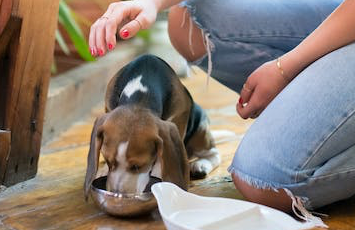

Whether you choose to feed wet or dry is largely a matter of preference to be battled out between owners and pets. The few exceptions to this relate to illness, such as kidney disease and urinary tract disease, in which case your vet will provide feeding advice.
Combination feeding allows you to reap the benefits of both diets, and it’s simpler than you may think – there really is no right or wrong way to do it. For example, many owners who feed twice daily use one type of food for each meal. If your pet is a grazer, you might like to feed biscuits in the morning, then leave them out all day.
Wet food can be given in the evening, and any uneaten food removed at the end of the evening, to prevent spoilage or attracting insects.
Combination feeding is simpler than you may think – there really is no right or wrong way.
